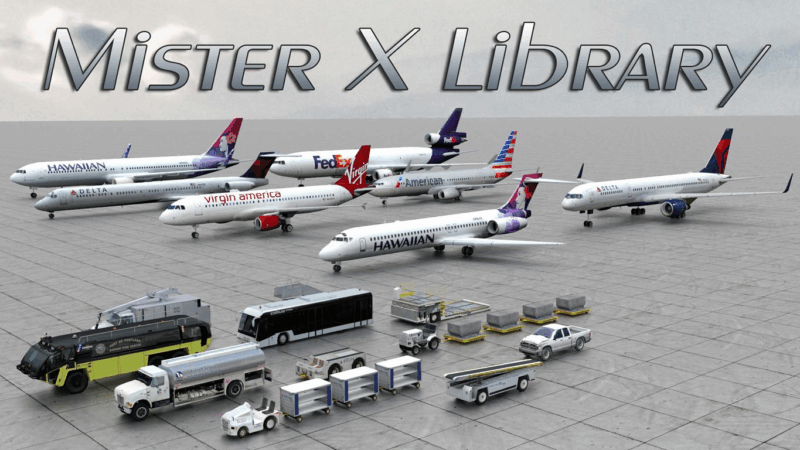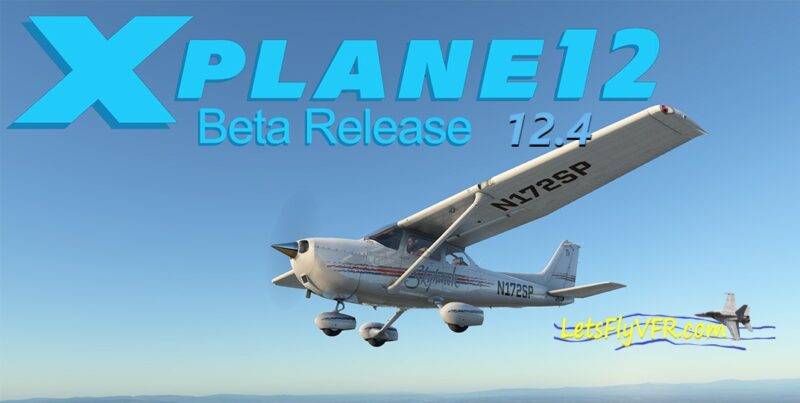X Plane 11 Best Libraries at Your Fingertips Now!
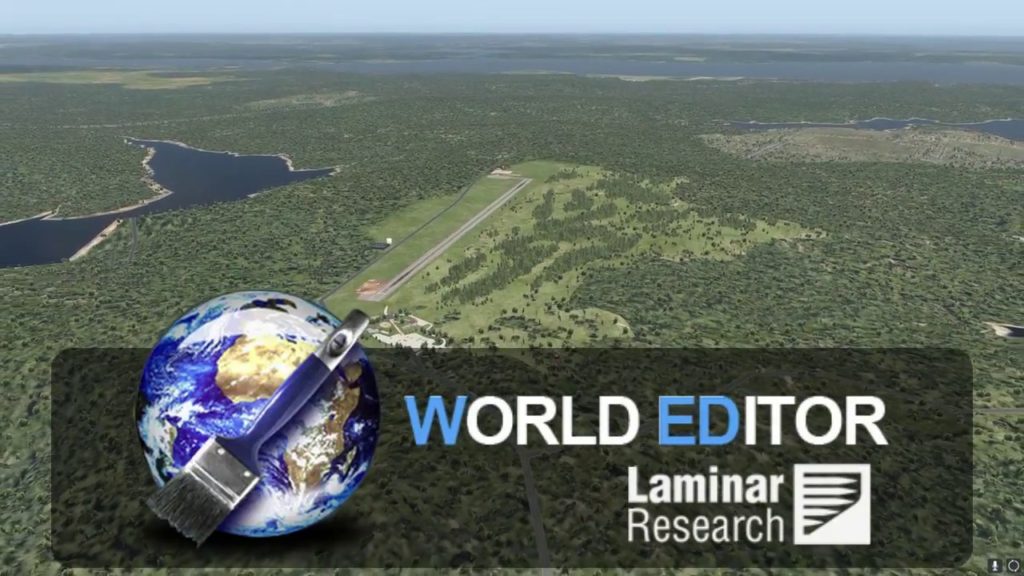
X-Plane 11 and its potential successor, X-Plane 12, are popular flight simulation platforms that offer incredibly realistic and immersive flying experiences. One of the key factors that contribute to this realism is the detailed and accurate scenery of airports and landscapes.
While the default scenery provided by the simulator is impressive, enthusiasts and developers around the world have taken it upon themselves to further enhance and modify the virtual world of X-Plane using a powerful tool known as the Scenery Editor.
The Scenery Editor is a software application that allows users to modify and create custom scenery for X-Plane airports and general landscapes. It provides a way for enthusiasts to unleash their creativity and attention to detail, resulting in visually stunning and highly realistic virtual environments.
This tool has opened up a whole new dimension for the flight simulation community, empowering users to tailor their experience according to their preferences.
- Joystick / HOTAS – AMAZON.com
- Rudder Pedals – AMAZON.com
- Throttle Quadrant – AMAZON.com
- Gaming Chair – AMAZON.com
- VR Headset – AMAZON.com
Key Features and Functions:

- Airport Customization: With the Scenery Editor, enthusiasts can customize existing airports or even create entirely new ones from scratch. This includes modifying runways, taxiways, aprons, parking spots, and terminal buildings. The editor provides access to a vast library of objects like hangars, control towers, and other structures to populate the airport environment.
- Landscapes and Terrain: Beyond airports, the Scenery Editor allows users to edit and enhance the surrounding landscapes and terrain. This means adjusting the elevation, adding mountains, hills, rivers, lakes, roads, and other geographical features to make the simulator’s world more accurate and visually appealing.
- Realistic Objects and Textures: The editor allows users to import custom 3D models and textures to create a more lifelike environment. This enables the addition of unique objects and landmarks to enhance the realism of specific regions, cities, or even fictional locations.
- Collaborative Development: The Scenery Editor encourages collaboration within the flight simulation community. Developers and enthusiasts can share their creations through open libraries and repositories, allowing others to access and integrate these modifications into their own X-Plane installations.
- Easy to Use: While the Scenery Editor is a powerful tool, it is designed to be user-friendly, with a range of features that cater to both beginners and experienced developers. Users can start with simple modifications and gradually delve into more complex scenery designs as they become familiar with the tool.
Popular X Plane 11/12 Scenery libraries used by enthusiasts to modify airports!
X-Plane 11/12 enthusiasts to modify existing airports or create new ones. Keep in mind that the popularity of these libraries may evolve over time, and new ones might have emerged since then. Here are some of the most widely used scenery libraries:

- OpenSceneryX: OpenSceneryX is one of the largest and most comprehensive scenery libraries available for X-Plane. It offers a vast collection of 3D objects, buildings, vegetation, and other elements that can be used to enhance airports and landscapes. This library is actively maintained and regularly updated.
- MisterX Library: The MisterX Library, developed by MisterX6, is a popular choice among X-Plane users. It includes a variety of high-quality custom objects, static aircraft, and detailed airport elements that help add realism and authenticity to airport sceneries.
- CDB-Library: The CDB-Library, created by the Climb south Building Design Team, is focused on providing various objects and buildings commonly found in South America. It is extensively used to improve airport sceneries in South American regions.
- 3D People Library: The 3D People Library by 3D_Munich includes animated human figures that can be placed in and around airport terminals, enhancing the overall immersion and realism.
- The Handy Objects Library: This library contains a variety of objects commonly found at airports, such as ground service equipment, baggage carts, and airport signage, among others. It helps bring life to airport environments.
- RuScenery: RuScenery is a collection of objects and elements with a focus on Russian and Eastern European sceneries. It includes unique structures, buildings, and vegetation common to this region.
- NAPS (North Atlantic and Pacific Sceneries) Library: This library, created by the NAPS team, contains various custom objects and buildings, particularly for airports in the North Atlantic and Pacific regions.
- RD Library: The RD Library is a collection of objects and structures created by the Ruifo Development Team, designed to enhance airport and scenery development worldwide.
- Flags of the World: This library provides national flags for various countries, which can be placed at airports or other locations to represent the real-world nationality of aircraft or scenery elements.
- Japan Pro Scenery Library: As the name suggests, this library focuses on Japanese-themed objects and structures, making it a popular choice for enhancing Japanese airports and landscapes.
Please note that to use these libraries effectively, you may need to download and install them properly into your X-Plane installation. Additionally, the availability and popularity of these libraries may have changed since my last update, so I recommend checking online forums and X-Plane community websites for the latest information and recommendations.
World Editor Scenery Designer.
The official X-Plane Scenery Editor, also known as WED (World Editor), is created and maintained by Laminar Research, the company behind the X-Plane flight simulation software. The World Editor is a powerful tool designed to enable users to modify airports, create custom scenery, and enhance the virtual world of X-Plane.
User-Friendliness:
The World Editor (WED) strives to strike a balance between power and user-friendliness. While it offers a wide range of features for advanced scenery development, it also caters to beginners and those new to airport editing. The user interface is relatively straightforward and allows users to get started with basic airport modifications with relative ease. However, to fully take advantage of all the features and capabilities, some learning and familiarity with the tool are required.
Using the World Editor to Modify an Airport in X-Plane 11/12.
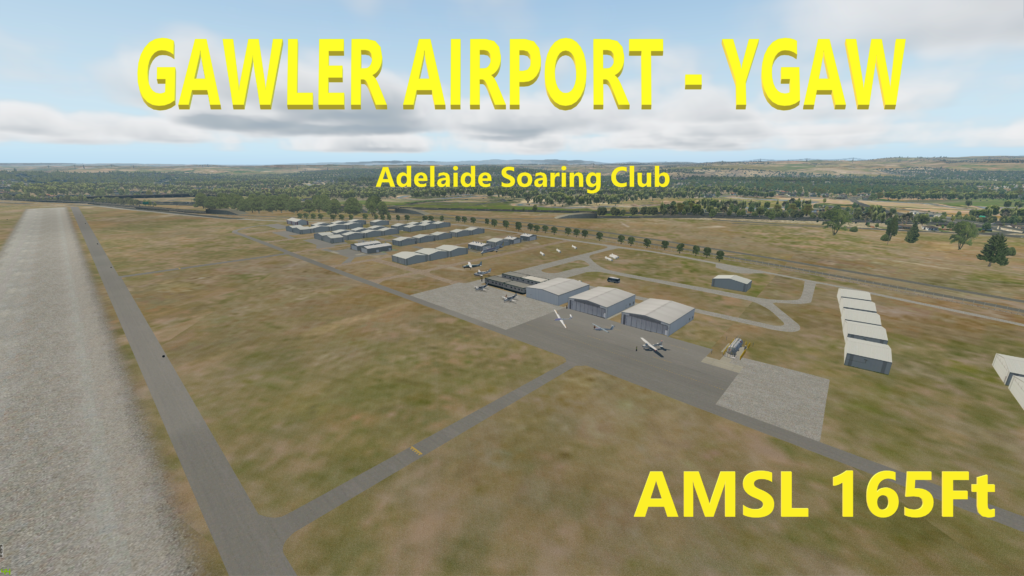
- Download and Install WED: First, you need to download and install the World Editor (WED) application. It is available for free on the X-Plane website or other official sources.
- Launch WED: Open the World Editor application.
- Create a New Airport or Load an Existing One: You can start by either creating a new airport from scratch or loading an existing airport in X-Plane that you wish to modify.
- Modify Airport Elements: Once you have the airport loaded in WED, you can use the editor’s tools to modify various airport elements, such as runways, taxiways, aprons, and buildings. You can adjust their positions, lengths, and other attributes.
- Add Custom Objects: WED allows you to add custom 3D objects to your airport scenery. You can place buildings, hangars, control towers, and other structures from the available library or import your own creations.
- Adjust Terrain and Landscaping: In addition to the airport, you can modify the surrounding terrain and landscape. You can add mountains, rivers, roads, vegetation, and other geographical features to make the airport environment more realistic.
- Test the Scenery: Periodically, you should test the modified scenery within X-Plane to see how it looks and performs in the simulator. This will help you make adjustments and improvements as needed.
- Export and Share: Once you are satisfied with your modifications, you can export the scenery files, and if you wish, you can share your creations with the X-Plane community by uploading them to relevant repositories or forums.
It’s important to note that while the basic steps for modifying an airport are relatively straightforward, creating detailed and accurate sceneries can be a more involved process that may require further research and learning. To gain a deeper understanding of the tool and its features, users often refer to official documentation, tutorials, and community forums dedicated to X-Plane scenery development.
- Latest CPU’s Available Now – Amazon.com
- Get a NEW GPU Best Performance – AMAZON.com
- Upgrade RAM Here today – AMAZON.com
- Prebuilt PC Options – AMAZON.com
Creating Libraries – How is it Done?
Creating 3D object libraries for X-Plane Scenery Editor (WED) typically involves using specialized 3D modeling software to design and create the objects. These tools allow developers to create custom 3D models that can be imported into X-Plane to enhance the scenery. Here are some of the commonly used tools for creating 3D object libraries for X-Plane Scenery Editor:
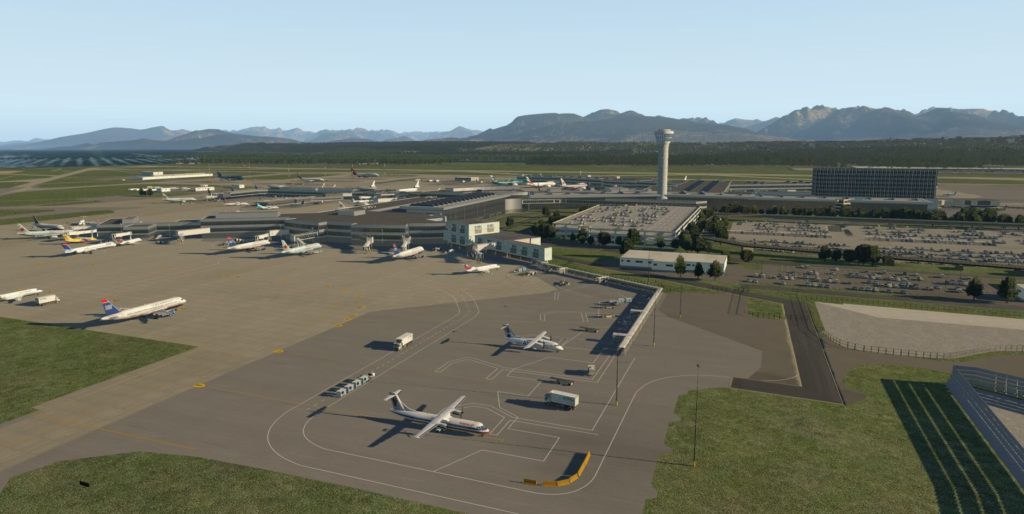
- Blender: Blender is a free and open-source 3D modeling software widely used by X-Plane developers. It offers a comprehensive set of tools for creating detailed 3D models of various objects, buildings, and structures. Blender supports various export formats that can be used in X-Plane.
- SketchUp: SketchUp is a user-friendly 3D modeling tool that is often used by beginners and those new to 3D modeling. It has a large community and offers a wide range of 3D models that can be imported into X-Plane. However, users need to be cautious when using SketchUp models as they may require some adjustments to work correctly in X-Plane.
- 3ds Max: Autodesk 3ds Max is a professional 3D modeling and animation software used by experienced developers to create high-quality 3D models. It is suitable for complex and detailed objects that require advanced techniques.
- Maya: Autodesk Maya is another powerful 3D modeling and animation software often used for creating 3D objects for X-Plane scenery. It offers advanced tools for modeling, texturing, and animating objects.
- Gmax: Gmax is a free 3D modelling software developed by Autodesk. It is a simplified version of 3ds Max and is commonly used by X-Plane developers due to its compatibility with X-Plane’s object format.
- Scenery Animation Manager (SAM): While not a 3D modeling software, SAM is a plugin for X-Plane that allows developers to animate objects in the simulator. It is often used in conjunction with 3D modeling tools to add interactive elements like jetways, hangar doors, and ground service vehicles.
- WorldEditor (WED): While WED is primarily used for airport and scenery design, it can also be utilized to create simple 3D objects directly within the tool. WED’s built-in 3D object creation feature allows developers to design basic structures for their scenery.
When creating 3D object libraries for X-Plane, it’s crucial to ensure that the models are optimized for real-time simulation and do not negatively impact the simulator’s performance. Additionally, developers should follow X-Plane’s guidelines and specifications for creating scenery objects to ensure compatibility and proper integration into the simulator.
3D Creating Options for 3D Enthusiasts.
| Software | Platform | Specialization | Use Cases |
|---|---|---|---|
| Tinkercad | Browser | Direct Modeling, OpenSCAD | Education |
| Vectary | Browser | Mesh Modeling, Parametric Modeling | Product Design, Graphic Design, Animation |
| Meshmixer | Windows, MacOS | Direct Modeling, Sculpting, Optimization | 3D Printing Optimization/ Repair |
| SculptGL | Browser, Windows | Sculpting | Digital Art, Animation, Game Design |
| ZBrushCoreMini | Windows, Mac | Sculpting | Digital Art, Animation, Game Design |
| SketchUp Free | Browser | Direct Modeling | Architecture, Product Design |
| Wings 3D | Windows, MacOS, Linux | Mesh Modeling | Architecture, Product Design |
| Leopoly | Browser | Sculpting | Digital Art, Animation, Game Design |
| BlocksCAD | Browser | OpenSCAD | Education |
| Blender | Windows, MacOS, Linux | Sculpting, Mesh Modeling | Digital Art, Animation, Game Design |

Author
Brendon McAliece (Aka Gunnie) is a military veteran with 23 years working on Jet Fighters, their weapons systems and ejection seat/module systems as well as munitions and R&D. Involved with flight simulation since the 1980s, he has flown all the major flight simulators over the years.
He is an Australian expat who has lived in Malaysia, UK, Saudi Arabia and more recently Thailand. He is a multi-lingual blogger who loves to share his life experiences here on LetsFlyVFR.com and DreamingGuitar.com, with his lifestyle and Travel experiences Blog plus his Dreaming Coffee website.
Learn More @ DreamingGuitar.com – DreamingCoffee.com – LetsFlyVFR.com
( HOME – BLOG – SHOP – ABOUT )
As an Amazon affiliate I may benefit from qualifying sales.
